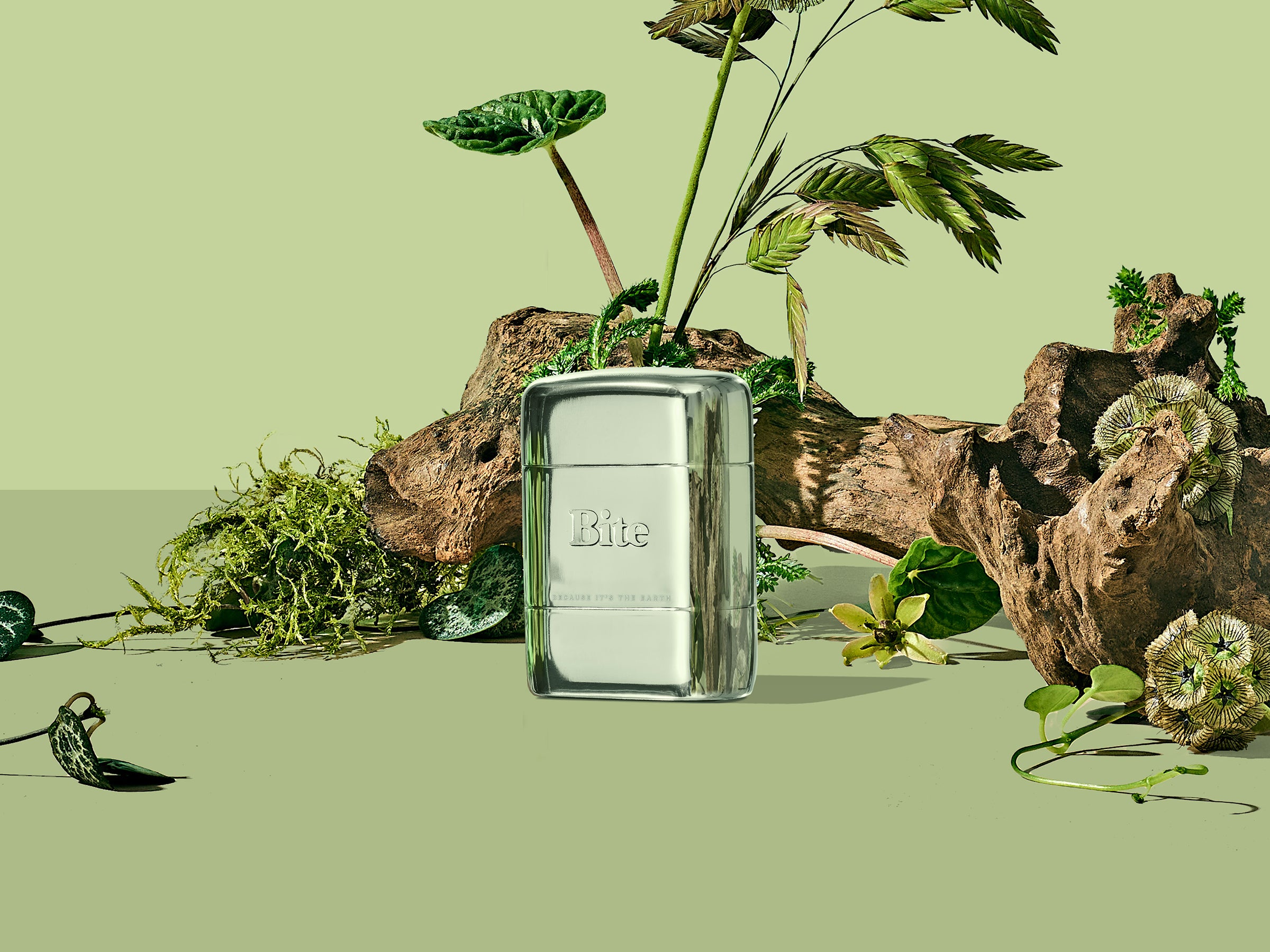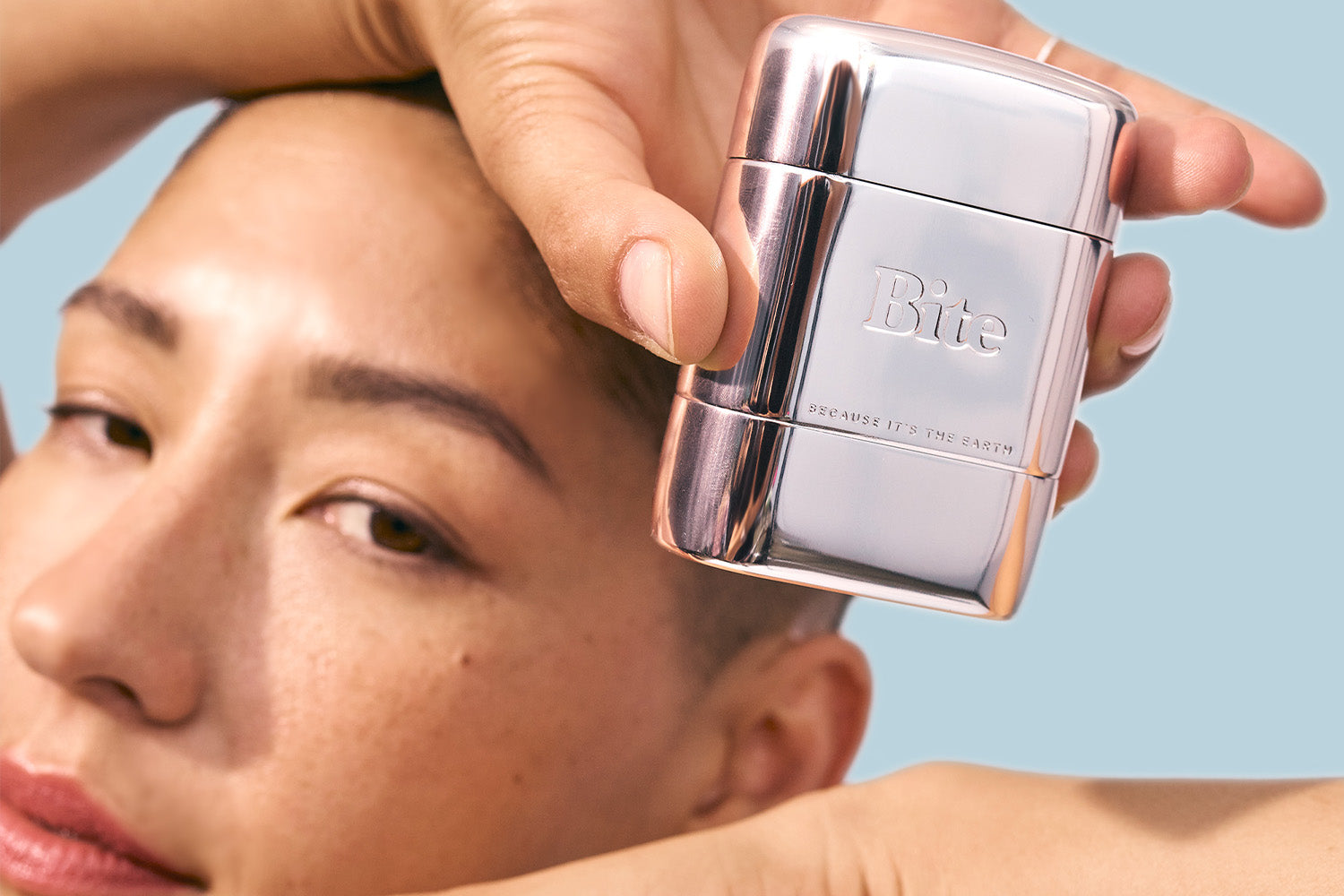How To Achieve a Green Bathroom: A Step By Step Guide
We would all love to be experts in sustainability and living eco-friendly lifestyles, especially as concern for our deteriorating environment grows. However, the truth is that most of us still have quite a bit of learning to do — and that’s so okay.
Making your lifestyle more sustainable can start with the smallest changes, like swapping out your toiletries and rethinking your bathroom habits.
Yep, you heard us. You can make a difference by starting with your bathroom.
Your bathroom is to blame for much of your environmental impact, from water usage to toilet paper and plastic product tubes.
Ready to make a difference? We’ve crafted the ultimate guide to a green bathroom so you can make those small changes that add up to a healthier planet.
What Does It Mean To Go Green?
“Going green” is a phrase that has been used across countless advertisements and campaigns for reducing waste and pollution, but what does it actually mean?
Going green refers to any action taken to reduce the environmental impact of your consumption. For example, reusing glass jars that once held salsa or jam can keep that glass out of a landfill — while also reducing your need for a new plastic storage container.
Why Is Going Green Important?
The truth is, we only have one earth to live on, and our waste significantly increases every single day.
This waste continues to damage the health of our planet, and the sooner we intervene, the better our chances of protecting our home. Even taking small steps to be more sustainable and reduce your waste goes a long way, especially when you make an effort to spread that awareness.
How Can I Make My Bathroom Greener?
Though you do not typically spend much time in the bathroom each day (unless you tend to perform a concert in the shower, no judgment), the products you use do contribute to environmental harm.
Single-use products like toilet paper and even toothpaste contain materials that the earth cannot fully break down, whether plastic, chemicals, or dyes.
Opting for reusable and sustainably sourced products can make your bathroom greener. We’ve compiled a list of some powerful changes you can make in your bathroom today.
Fix Those Leaky Faucets
If you live in an older home, the chances are that you have at least one leaky faucet in your bathroom. Let’s face it, most of us can admit to this.
Though seemingly a small issue, leaky faucets can do more damage than you think. A faucet that drips just one drop per second can waste more than 3,000 gallons of water per year. Let that sink in.
Fixing your leaky faucet will both save you money on your water bill and help you conserve water.
Turn Off the Sink While You Brush Your Teeth
Many of us tend to leave the water running while brushing our teeth, but it is crucial to only use the water you need.
Leaving the water running while you brush away wastes this precious resource, reducing the availability of clean water and leading to a need for more energy usage to filter and treat water.
Reducing your water use, especially across your community, can help reduce the energy and overall environmental cost of filtering and cleaning water.
Opt for Eco-Friendly Toilet Paper
Most US toilet paper companies source their paper from the Boreal forest in Canada, the last intact forest on the planet.
Sourcing and disposal of toilet paper from trees causes three times the environmental impact of toilet paper made from recycled materials.
Not only does the deforestation of this forest strip the planet of a major oxygen source, but it also releases carbon emissions that contribute to melting ice caps and global climate change.
Using toilet paper made with renewable materials such as bamboo can reduce the environmental impact of toilet paper consumption. You can find eco-friendly toilet paper in most grocery stores, or you can purchase eco-friendly toilet paper online to be delivered to your doorstep.
Use Products with Recyclable or Compostable Packaging
Using products with recyclable packaging is an easy way to make your bathroom more green, but why not take it one step further and use products with compostable packaging.
Compostable materials are any material, such as produce scraps, that, when naturally broken down, can be used as soil and fertilizer to grow plants.
Using products with compostable materials can help you take a more direct step in reducing your waste — and may even encourage you to take up gardening as a new hobby!
Try a Bamboo Toothbrush
Because toothbrushes need to be replaced every three or four months, it is crucial to use a toothbrush made with sustainable materials rather than plastic. Bamboo toothbrushes are a great alternative to plastic because bamboo does not require much water or pesticides to grow.
We at Bite know that taking care of your health and the environment should work together, so we create sustainable, effective oral care products like bamboo toothbrushes so that you can have both a healthy mouth and peace of mind about the products you are using.
Use Green Cleaning Products
Using eco-friendly, effective cleaning products is a great way to reduce your use of harmful chemicals that can damage both your health and the environment.
Castile soap is a versatile soap that can be used as an all-purpose cleaning product, shampoo, body wash, dish detergent, laundry detergent, and the list goes on. This soap is made with all-natural ingredients and even comes in bars so that you can reduce your use of plastic.
You can also create a solution of lemon juice, vinegar, and baking soda, to clean your sink, toilet, and bathtub. Using homemade cleaning products is a great way to make the most of what you already have while also keeping your bathroom clean.
Switch Your Period Products
If you are a person that menstruates, you know that purchasing tampons and pads is an expensive part of life.
In addition to the cost, pads and tampons are only good for one use and often contain fragrances and chemicals that can harm your physical health. Pads and tampons also need to be changed frequently, leading to further frustrations for you (and the planet).
Fortunately, there are sustainable period products such as absorbent period underwear or period cups. Period cups can be worn for up to 12 hours, are easy to clean, and can help save you money in the long run.
Keeping a period cup with your bathroom essentials is a great way to make your bathroom more green.
Swap Your Disposable Razors for a Long-Term Option
The problem with the disposable razor is in its name — it is disposable and is not meant for long-term use.
Most disposable razors are made with plastic, and once you throw them away, they do not break down.
Opting for a razor that allows you to replace the cartridge but keep the razor base can help reduce your waste and overall use of plastic. Additionally, the blades are often sturdier which will result in a smoother and less bumpy shave.
Take Showers Instead of Baths
Baths are a great way to wind down after a long day or soothe your muscles after a tough workout, but baths require excessive water use — and it adds up.
On average, taking a shower uses between 10 and 25 gallons of water, and taking a bath uses up to 70 gallons. AKA, opting for a quick rinse in the shower over that long soak in the tub could save up to 60 gallons of water per bath.
Opt for Shampoo Bars, Not Bottles
Even if you use a shampoo made with natural ingredients, any shampoo that is cased in plastic can increase your waste, especially if you have long, luscious hair that requires more product.
Like soap bars, shampoo bars are a fantastic and efficient alternative to bottled shampoo. Shampoo bars reduce plastic waste and help maximize the space in your bathtub or shower.
Shower Using Cooler Water
Hot showers are relaxing and great on cold days, but unfortunately, hot water damages both your wallet and the environment.
Heating water requires more energy than cold water, and most water heaters are gas-powered. Hot water also releases carbon dioxide, the biggest contributor to ozone layer deterioration.
Using cooler water in your shower can reduce the amount of carbon dioxide being released into the air — and prevent your skin from drying out as well. We can’t complain about that!
Use a Low-Flow Showerhead
Using a showerhead with a lower water output is beneficial for three reasons.
The first is that lower flow means less water output, which means that you can save up to 15,000 gallons per year per person in your household.
Low-flow showerheads also reduce the amount of energy required to heat the water and the amount of water that needs to be treated by your city.
Lastly, lower water flow means lower carbon emissions. Overall, using a low-flow showerhead is an efficient tool in reducing the impact that our bathing routines have on the environment.
The Bottom Line
If you’re looking to make your bathroom more green, it may be helpful to go through all of the products that you already have and identify areas where you could make sustainable swaps. That being said, be sure to finish any product before replacing it with its eco-friendly counterpart.
Though our everyday use of hundreds of different products contributes to the destruction of the environment, many large corporations have some of the most significant contributions to the global environmental crisis.
That is why, at Bite, we are committed to providing oral care products made with compostable and biodegradable packaging. Our products are also shipped using routes that help keep our carbon footprint low.
Find products that work well for you and your budget, and remember that every step counts! With more awareness, we have the power to slow down the damage that our consumption is doing to our earth, one small step at a time.
Sources:
Toilet Paper Is Driving the Climate Crisis with Every Flush | NRDC



